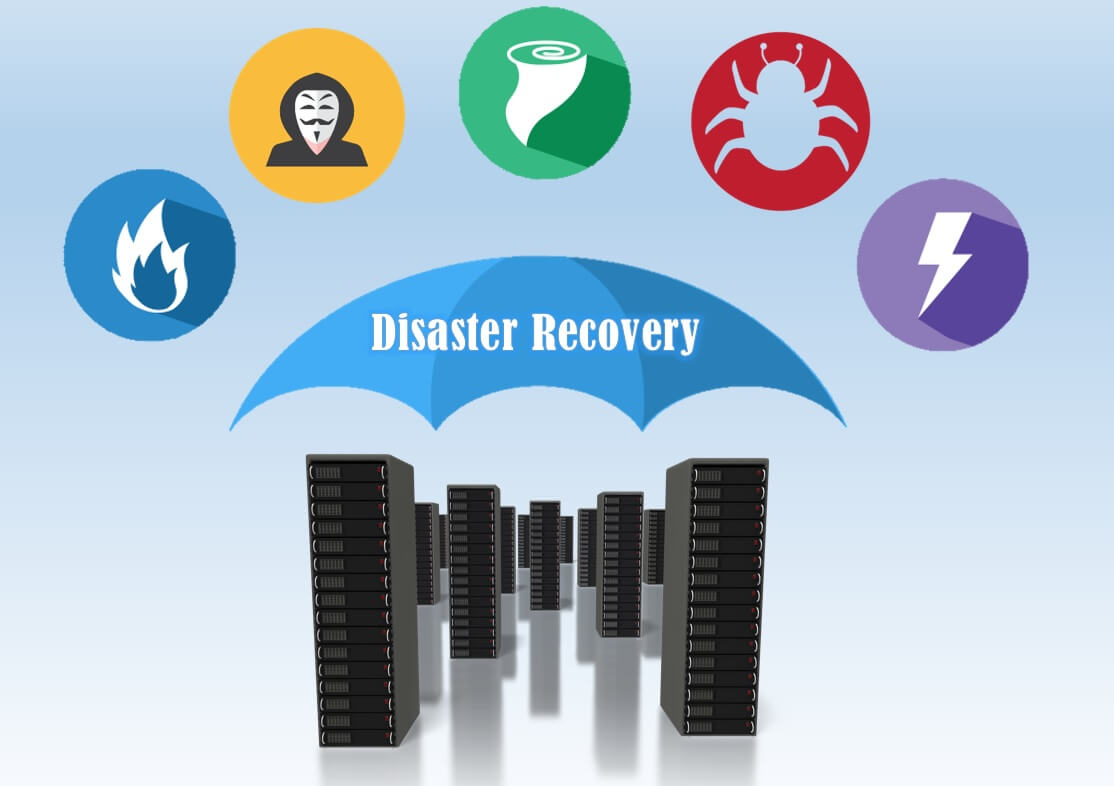
IT Solutions Melbourne: Why Is Disaster Recovery Essential to Your Organization?
Every organization wants to be prepared for any potential disaster. Your company needs a disaster recovery plan in place to address disruptions and minimize downtime. Although businesses control the majority of the IT assets in the world today, it is hard to feel in charge of your business when emergencies occur and you don’t have a plan in place. However, every company that has ever been through a disaster can tell you the same thing: when a disaster strikes, the most important thing is to restore the enterprise as quickly as possible, and the second most important thing is to make it all better.
Minimize Interruption
As you are aware, much of the information technology infrastructure has developed as a result of the application of information technology. Today, application of information technology has taken on a new meaning as the application of information technology is now embedded into the very fabric of the infrastructure and the infrastructure is required to function properly.
As such, it is important that as part of your IT organization you identify the key components of your infrastructure and the risks associated with these components. The purpose of this blog is to provide you with a simple approach for identifying the components of your infrastructure and the risks associated with these components.
Replicate and Protect Data
All data is precious, and the last thing you want to do is lose it. With all the new technologies that have come to market lately, (and some we’ve been using for decades) it’s easy to lose data, and then be faced with the very real possibility that it will be lost forever. It’s for this reason that we need to back up. You don’t want to lose your personal documents, your work files, your company information, or that precious vacation video you took.
Cloud Backup
In today’s world of convenience, the last thing many people want to do is backup their data. However, the reality is that data is becoming more valuable over time, and the failure to back it up eventually will result in a loss of data. This is especially true for companies that are storing these data in the cloud and need to be able to recover them when disaster strikes.
Reduced Downtime
Every day, our systems are under attack. Many of the attacks are so small that they don’t make it to our users, but that doesn’t mean our systems are safe. The most reliable protection against attack is to keep our systems up.
One of the most significant challenges for businesses today is the unpredictability of downtime, and the lack of adequate backup and recovery strategies. Perhaps the biggest downside is the time it takes to get back up and running, and the loss of productivity caused by down time.
Cost-Effectiveness
In the past, the practice of deploying disaster recovery systems has been somewhat expensive. This has usually because of the high cost of storage. However, with the introduction of cloud storage systems, the cost of DR has decreased. This has helped to make DR systems more cost-effective.
Ease of Deployment
As businesses grow, so do their data center infrastructures.
- All of those servers
- Storage devices
- Network appliances
- Services
…need to be hyper-available 24×7, all the time. The need for high availability and disaster recovery has never been greater.
To ConcludeCertain IT solutions Melbourne have been hot on the heels of cloud computing as a means of disaster recovery. This has been the case since cloud computing first entered the scene. For some companies, the cloud has been a big success. For others, it has been quite the opposite, with companies opting to store their data locally, in place of the cloud.
More Stories
The Backbone of Success: MoversBoost’s Reliable Web Hosting for Movers
MoversBoost understands that a reliable web hosting service is the backbone of success for movers in today's digital landscape. With...
10 Creative Ways to Use Custom-Made ID Cards
Custom-made ID cards are not just for identification purposes; they can also be used in creative and innovative ways to...
Why a Business Coach is the Missing Piece for Growth in Your Coaching Practice
As a coach, your focus is on helping your clients achieve their goals and reach their full potential. But what...
Recent Stock Trading Platform Experience Transforms My Investing Horizons
When I first heard about trading platforms for stocks, I was a bit taken aback. I had done some basic...
Unlock Financial Freedom and Increase Wealth – My Journey with Trading Platforms
In today’s world, it’s no surprise that many of us have turned to using a trading platform to help increase...
Battling the Nerves: My First Foray into the World of Trading Platforms
My first foray into the world of trading platforms was a mix of excitement and trepidation. After months of research,...